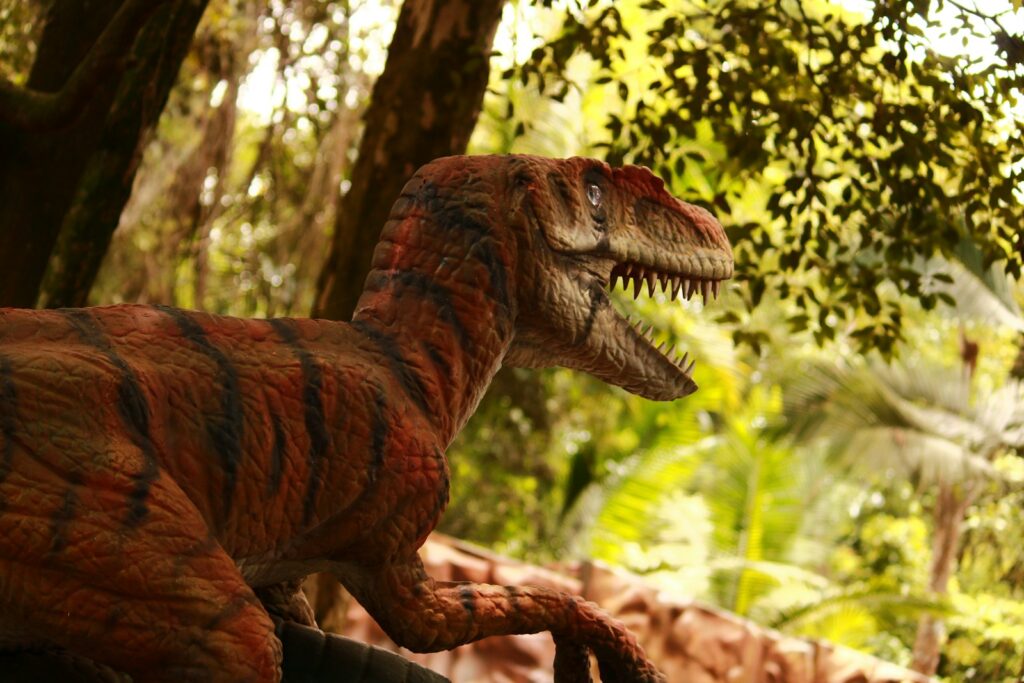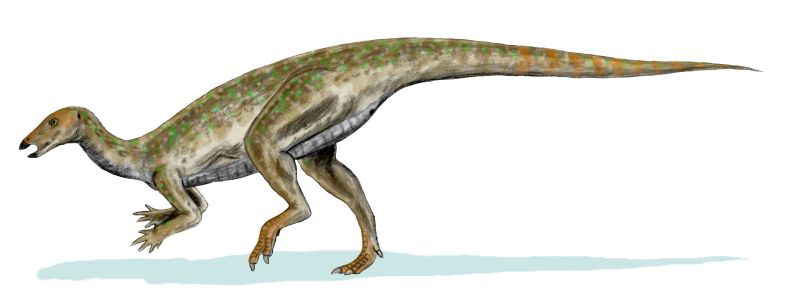For generations, our vision of dinosaurs has been shaped by dramatic interpretations in popular media – solitary predators stalking prey, or small family groups navigating prehistoric landscapes. But as paleontological evidence continues to accumulate, a more nuanced understanding of dinosaur social behavior has emerged. The question of whether dinosaurs traveled in herds addresses fundamental aspects of prehistoric ecology and connects to broader patterns in animal behavior.
Recent discoveries have revolutionized our understanding of these magnificent creatures, suggesting many dinosaur species were far more socially complex than previously believed. Let’s explore what science reveals about dinosaur social structures and how modern research techniques are illuminating the social lives of these long-extinct animals.
The Fossil Evidence: Trackways Tell a Story
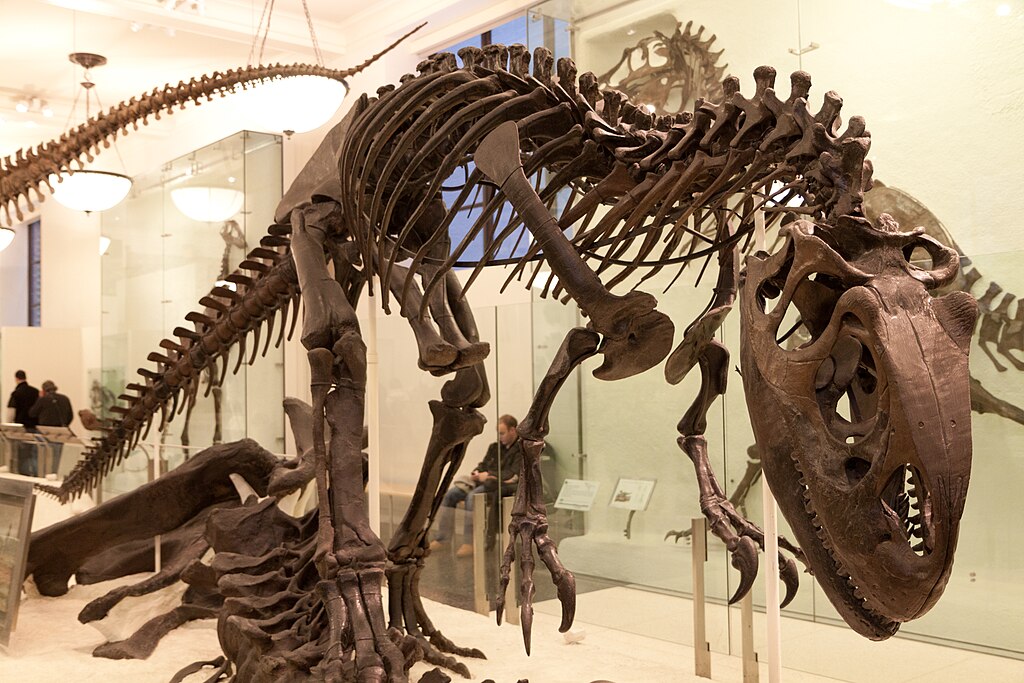
One of the most compelling pieces of evidence for dinosaur herding behavior comes from fossilized trackways – preserved footprints that extend over considerable distances. These trackways often show multiple individuals of the same species traveling in the same direction at approximately the same time, strongly suggesting coordinated movement. In locations like Colorado’s Purgatoire River valley, scientists have uncovered hadrosaur trackways showing dozens of individuals moving together in consistent patterns.
What makes these trackways particularly convincing is the preservation of different-sized footprints, indicating that juveniles and adults traveled together – a pattern common in modern herding animals. The parallel nature of many tracks further suggests intentional grouping rather than coincidental travel along the same path, as the dinosaurs appear to have maintained specific spacing between individuals similar to how modern elephants or buffalo might travel.
Mass Death Assemblages: Tragedy Preserved in Stone

Some of the most dramatic evidence for dinosaur herding comes from mass death sites, where numerous individuals died and were fossilized together. The Centrosaurus bone bed in Alberta’s Dinosaur Provincial Park contains the remains of over 300 individual ceratopsians that appear to have died simultaneously, likely while crossing a flooded river. Similar mass death assemblages have been found for other species, including the famous “Maiasaura” sites in Montana, where dozens of duck-billed dinosaurs were buried together.
Taphonomic analysis – the study of how organisms decompose and become fossils – reveals these weren’t simply carcasses that accumulated over time but rather groups that died simultaneously. The demographic makeup of these assemblages, containing individuals of various ages, strongly suggests these animals lived and traveled together in cohesive social groups. The statistical probability of so many individuals from the same species dying in the same place by chance is astronomically low, making the herding hypothesis far more plausible.
Age Demographics in Fossil Sites
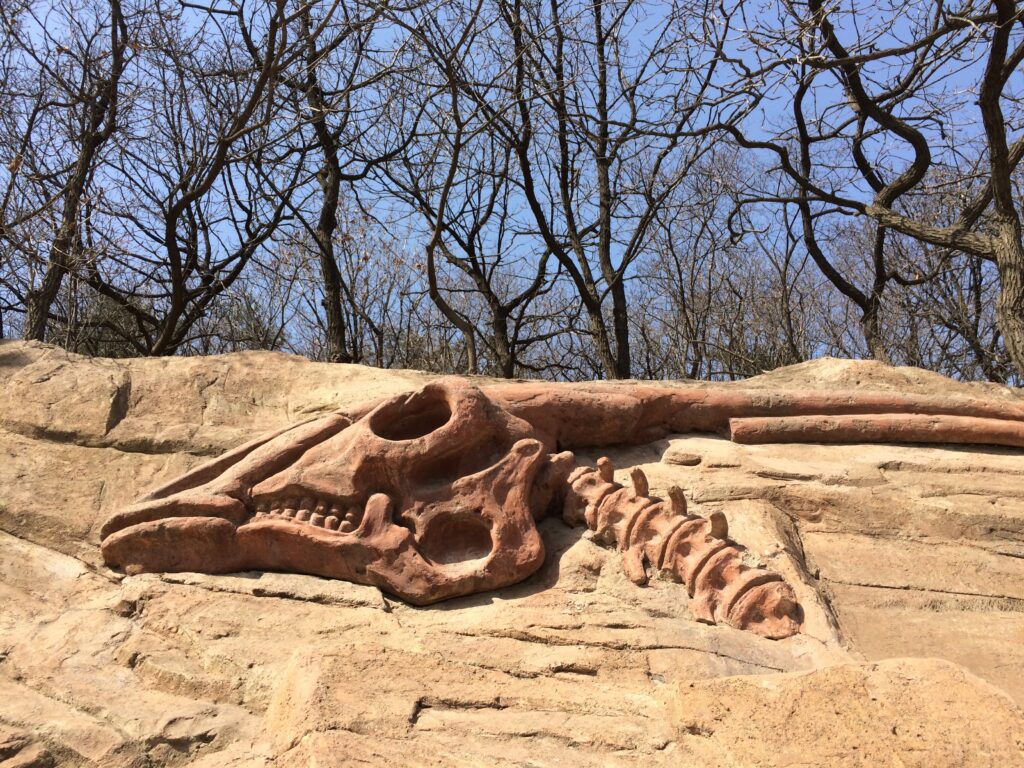
The age distribution of dinosaur fossils at certain sites provides another key piece of evidence for social behavior. In many fossil assemblages, paleontologists have discovered individuals ranging from juveniles to adults, suggesting multi-generational groupings. This pattern is particularly evident in sites containing Maiasaura (“good mother lizard”), where nesting grounds included eggs, hatchlings, juveniles, and adults in close proximity.
By examining growth rings in fossilized bones (similar to tree rings), scientists can determine the precise age of individual dinosaurs, revealing that many sites contain distinct age cohorts. This demographic pattern mirrors what we see in modern herding animals like elephants or bison, where different generations travel together for protection and knowledge transfer. Sites containing predominantly juvenile specimens surrounded by a few adults may represent “nursery herds,” where younger individuals were protected collectively, suggesting sophisticated social structures beyond simple aggregation.
Nesting Colonies: Communal Child-rearing
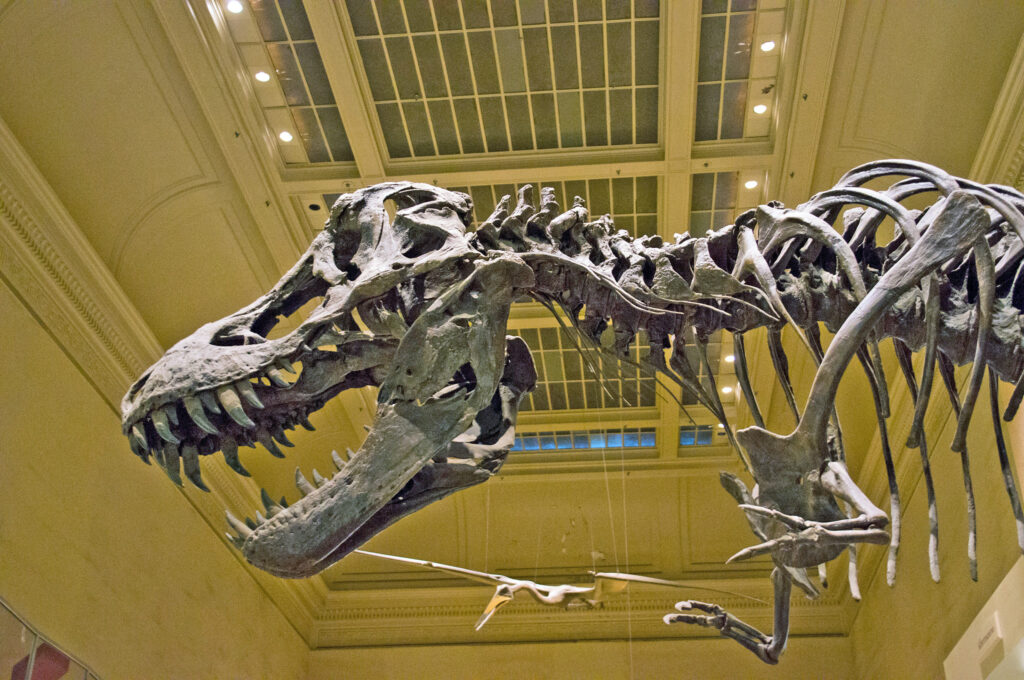
Perhaps some of the most striking evidence for dinosaur sociality comes from nesting colonies, where multiple individuals nested in close proximity. The most famous examples come from sites in Montana, Argentina, and Mongolia, where hundreds of nests have been found in small areas, arranged in patterns suggesting deliberate spacing.
These dinosaur “rookeries” share remarkable similarities with modern bird colonies, with nests positioned at consistent distances from each other – close enough for protection but spaced to avoid overcrowding. Maiasaura nesting sites in Montana show evidence that adults may have returned to the same nesting grounds year after year, bringing food to their young rather than abandoning the nests.
In Mongolia, adult Oviraptor skeletons have been discovered in brooding positions atop their nests, suggesting parental care behaviors that would align with more complex social structures. The consistent orientation and organization of these nesting sites strongly indicate coordination and social awareness among dinosaurs that would be consistent with herding behaviors.
Herding Behavior Across Different Dinosaur Groups
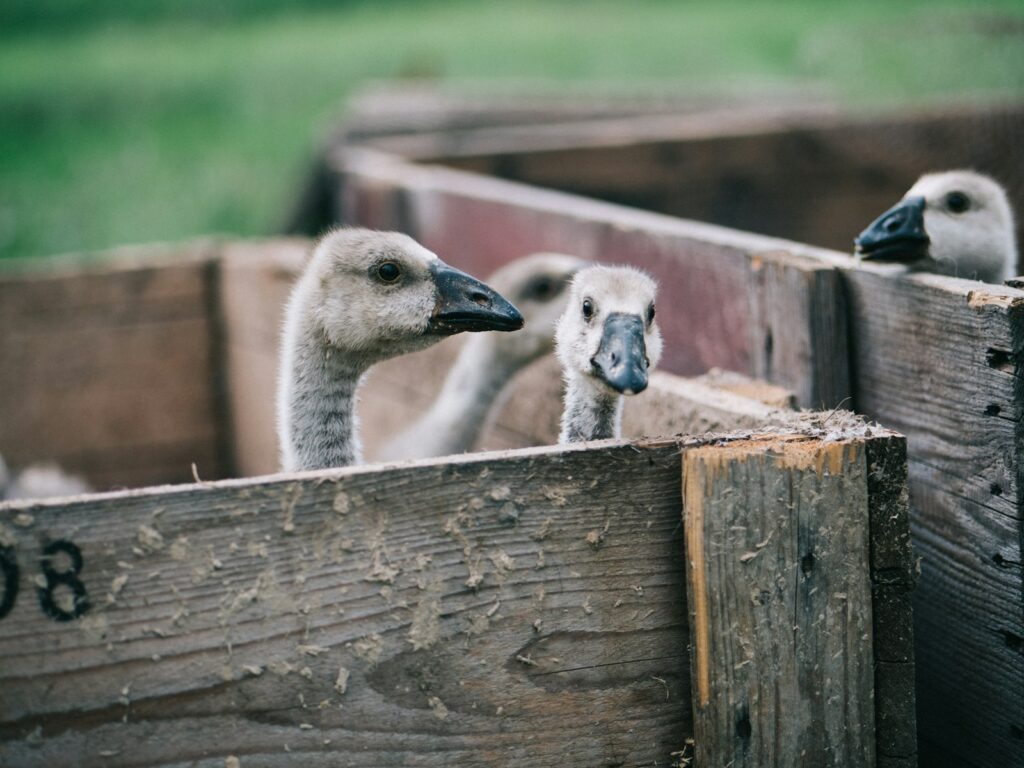
Evidence for herding behavior isn’t limited to a single dinosaur lineage but appears across several major groups. Sauropods, the giant long-necked dinosaurs, have left extensive trackway evidence suggesting they traveled in groups sorted by age, with juveniles protected in the center. Ceratopsians like Triceratops and Centrosaurus show strong evidence for herding in both trackways and bone beds, with some sites containing thousands of individuals. Among ornithopods, duck-billed dinosaurs (hadrosaurs) like Edmontosaurus and Maiasaura show perhaps the strongest evidence for complex social structures including migration and potentially cooperative parental care.
Even some theropods (predatory dinosaurs) may have exhibited social behaviors – Deinonychus fossils have been found in small groups, while some tyrannosaur footprints suggest coordinated movement. The presence of herding across diverse dinosaur lineages suggests this behavior evolved independently multiple times, indicating its significant adaptive advantages in prehistoric ecosystems.
Evolutionary Advantages of Herding
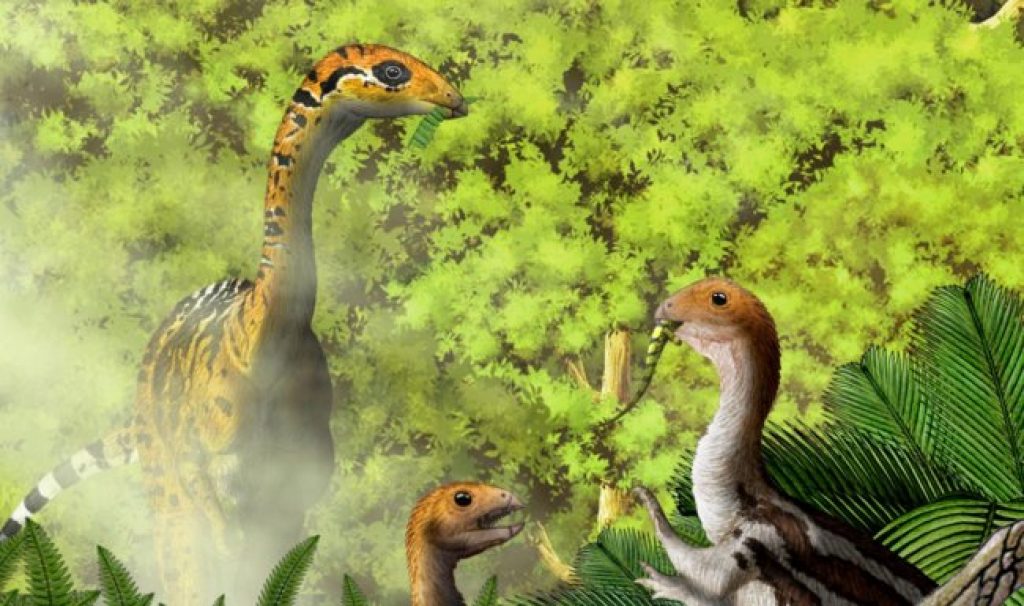
The widespread evidence for herding behavior in dinosaurs prompts the question: What evolutionary advantages did it provide? Perhaps the most obvious benefit is protection from predators through collective defense and the “dilution effect,” where an individual’s risk of predation decreases in larger groups. For massive sauropods, traveling in herds could have provided protection for vulnerable juveniles, while for smaller dinosaurs, herds offered safety in numbers against larger predators. Herding likely provided foraging benefits as well, as groups could more efficiently locate and exploit food resources across vast prehistoric landscapes.
Social learning represents another significant advantage, where younger animals could learn migration routes, feeding techniques, and predator recognition from experienced adults. For migratory species, traveling in herds would have made long-distance movements more energetically efficient through principles similar to those seen in modern bird flocks and fish schools. These combined benefits likely made herding behavior strongly favored by natural selection across multiple dinosaur lineages.
Modern Analogues: Lessons from Living Animals

Understanding dinosaur social behavior often involves drawing parallels with modern animals, particularly birds and large herbivorous mammals. Birds, as direct descendants of theropod dinosaurs, provide especially valuable insights through their complex social structures, from massive flamingo flocks to cooperative breeding in crows. Large mammals like elephants, with their multi-generational herds led by matriarchs, may resemble the social dynamics of sauropods or ceratopsians. Comparing fossil evidence with behavioral observations of living animals allows paleontologists to develop more nuanced models of dinosaur sociality.
The presence of vocal resonating chambers in some dinosaurs, like lambeosaurine hadrosaurs with their hollow crests, suggests communication abilities that would facilitate complex social interactions similar to those seen in modern herding animals. These comparative approaches must be used cautiously, recognizing that dinosaurs were unique organisms, but the evolutionary principles governing group behavior likely operated similarly across different taxonomic groups and time periods.
Seasonal Migration: Did Dinosaur Herds Travel Vast Distances?

Evidence increasingly suggests that some dinosaur herds undertook seasonal migrations spanning hundreds of miles, similar to modern wildebeest or caribou. Isotopic analysis of teeth from hadrosaurs in Alberta shows distinct chemical signatures indicating seasonal movements between coastal plains and higher elevations. The preservation of trackways along consistent directional paths further supports the migration hypothesis, with some trails extending for many kilometers in the same direction.
Bone histology (the microscopic structure of fossilized bone) reveals growth patterns consistent with seasonal stress followed by abundant resources, a pattern typical in migratory animals. The enormous energy requirements of large dinosaurs would have necessitated tracking seasonal food resources, making migration an ecological necessity in many environments. Evidence from multiple fossil beds shows similar species appearing in different geographic regions during different seasons, further supporting the idea that dinosaur herds undertook regular long-distance movements as part of their annual cycle.
Communication Within Dinosaur Herds

Maintaining cohesive herds over long distances would have required sophisticated communication methods among dinosaurs. The elaborate head crests of hadrosaurs likely served as visual signals for species recognition and possibly dominance hierarchies within herds. More significantly, these hollow crests could have functioned as resonating chambers for producing low-frequency sounds capable of traveling long distances, similar to elephant infrasound. CT scans of dinosaur skulls reveal enlarged areas for hearing structures, suggesting many species had well-developed auditory capabilities suited for social communication.
Visual displays may have been equally important, with evidence that many dinosaurs had excellent color vision and display structures like crests, frills, and plates that could have functioned as visual signals within herds. Some ceratopsians show wear patterns on their frills suggesting physical interaction between individuals, potentially indicating hierarchy establishment behaviors within social groups. These multiple lines of evidence suggest dinosaur herds maintained cohesion through complex multi-modal communication systems.
Social Hierarchy and Herd Structure

Evidence suggests dinosaur herds likely maintained complex social hierarchies similar to those observed in modern elephants, bison, or primates. Ceratopsian fossils often show differential wear on display structures like frills and horns, potentially indicating dominance-related physical interactions. Size dimorphism in some species might reflect social roles, with larger individuals potentially serving as herd leaders or defenders.
Trackway evidence sometimes shows distinct positioning patterns, with larger tracks on the periphery of groups and smaller juvenile tracks centrally located, suggesting protective formations similar to those seen in modern herbivores like musk oxen. Nesting site organization, particularly in hadrosaurs and sauropods, indicates potential status-based arrangement, with prime nesting positions potentially allocated based on social rank. The consistency of these patterns across multiple fossil sites suggests dinosaur herds weren’t merely casual aggregations but organized social units with established behavioral norms and potentially distinct individual roles.
Technological Advances in Paleosocial Research
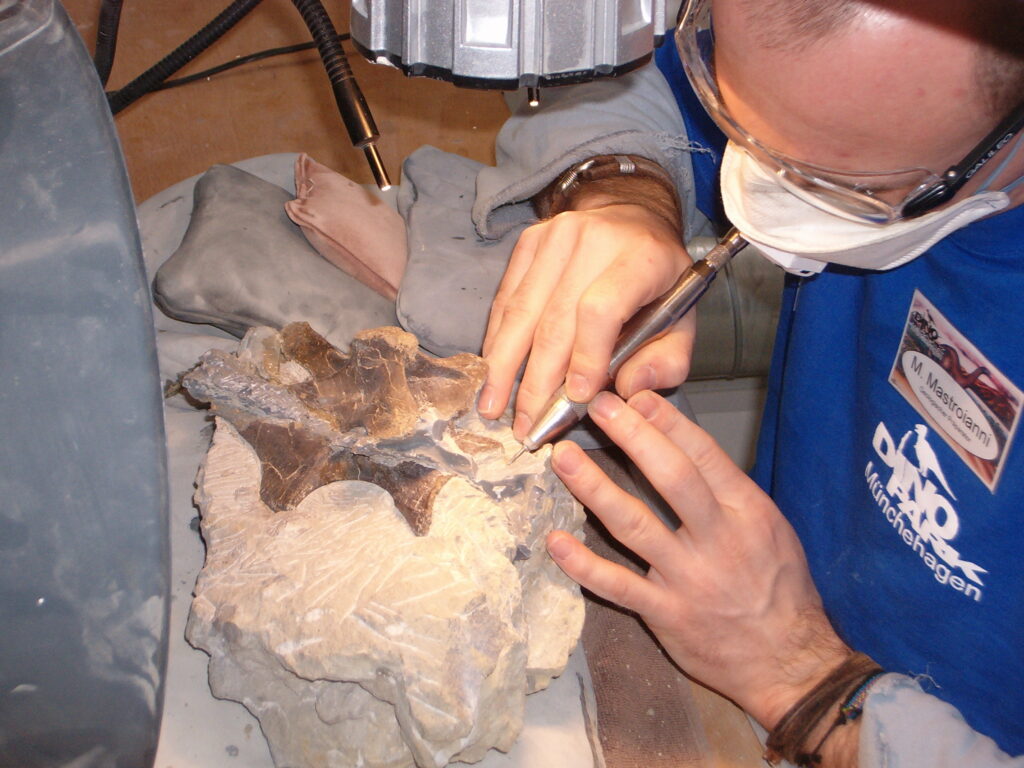
Modern technology has revolutionized our ability to study dinosaur social behavior, providing unprecedented insights into ancient social structures. Advanced CT scanning allows paleontologists to examine the internal structures of dinosaur skulls, revealing brain case details that indicate sensory capabilities essential for social interaction. Isotope analysis of fossil teeth can track movements of individual dinosaurs throughout their lives, helping determine if they remained with the same social group.
Digital modeling techniques now allow scientists to simulate dinosaur movements, testing hypotheses about how individuals might have interacted within groups. Sophisticated statistical methods applied to fossils found in mass assemblages can determine if age distributions match expected patterns for social groups rather than random aggregations.
Ground-penetrating radar and LIDAR technology help identify previously hidden trackway evidence, revealing patterns of movement invisible to earlier researchers. These technological advances continue to strengthen the case for complex social structures in many dinosaur species, filling in gaps that traditional fossil evidence alone couldn’t address.
Predator-Prey Dynamics: How Herding Shaped Ecosystems

The evolution of herding behavior in dinosaurs likely had profound effects on broader ecosystem dynamics, particularly predator-prey relationships. Evidence suggests that predatory dinosaurs evolved specialized hunting strategies in response to prey herding behaviors – some theropod fossils show adaptations for speed and endurance that would be necessary for pursuing herding prey. Trackway evidence occasionally shows predator footprints alongside herding species, suggesting potential stalking or pursuit behaviors.
For large sauropod herds, even the largest predators would have faced significant challenges, likely targeting isolated or vulnerable individuals rather than confronting the entire group. The protection afforded by herding may have driven evolutionary pressure toward ever larger body sizes in some dinosaur lineages, as greater size offered better defense.
Conversely, the concentration of numerous prey animals in herds may have supported larger populations of predators than would otherwise have been possible. This co-evolutionary relationship between herding prey and their predators likely shaped dinosaur community structure and evolution throughout the Mesozoic era.
Challenging the Solitary Dinosaur Myth

The emerging evidence for dinosaur sociality challenges longstanding popular depictions of dinosaurs as predominantly solitary creatures. This misconception partly stems from early comparisons with reptiles rather than birds (dinosaurs’ living descendants), and from incomplete fossil evidence available to earlier generations of paleontologists.
Early artistic reconstructions, like those of Charles R. Knight in the early 20th century, typically showed dinosaurs as individuals or in small family groups rather than extensive herds. The solitary dinosaur myth was further reinforced by early museum displays and influential media like the original Jurassic Park film, which featured relatively few instances of complex social behavior beyond small groups.
Understanding dinosaurs as social creatures requires a significant shift in how we conceptualize these animals, moving from viewing them as oversized reptiles to recognizing them as behaviorally complex organisms more comparable to birds or mammals in their social dynamics. This revised understanding has profound implications for how we interpret dinosaur biology, ecology, and evolutionary history.
Unanswered Questions and Future Research

Despite significant advances in understanding dinosaur social behavior, many questions remain unresolved and will guide future research. The extent to which different dinosaur species exhibited varying degrees of sociality remains unclear – were some merely occasional aggregators while others maintained permanent social bonds?
The question of whether any dinosaurs exhibited cooperative hunting behaviors, as seen in some modern predators, remains contentious and requires more evidence. How communication systems evolved within dinosaur groups, and what roles visual, auditory, and potentially olfactory signals played in maintaining herd cohesion, represent another frontier for investigation. The developmental aspects of sociality – how juvenile dinosaurs integrated into herds and potentially learned social behaviors – remain poorly understood.
Emerging technologies like ancient DNA analysis, though currently limited to dinosaur-age specimens, may eventually provide insights into relatedness within fossil assemblages, potentially revealing whether dinosaur herds contained related individuals similar to elephant family groups. These questions ensure that the social lives of dinosaurs will remain an active and evolving area of paleontological research for decades to come.
Conclusion
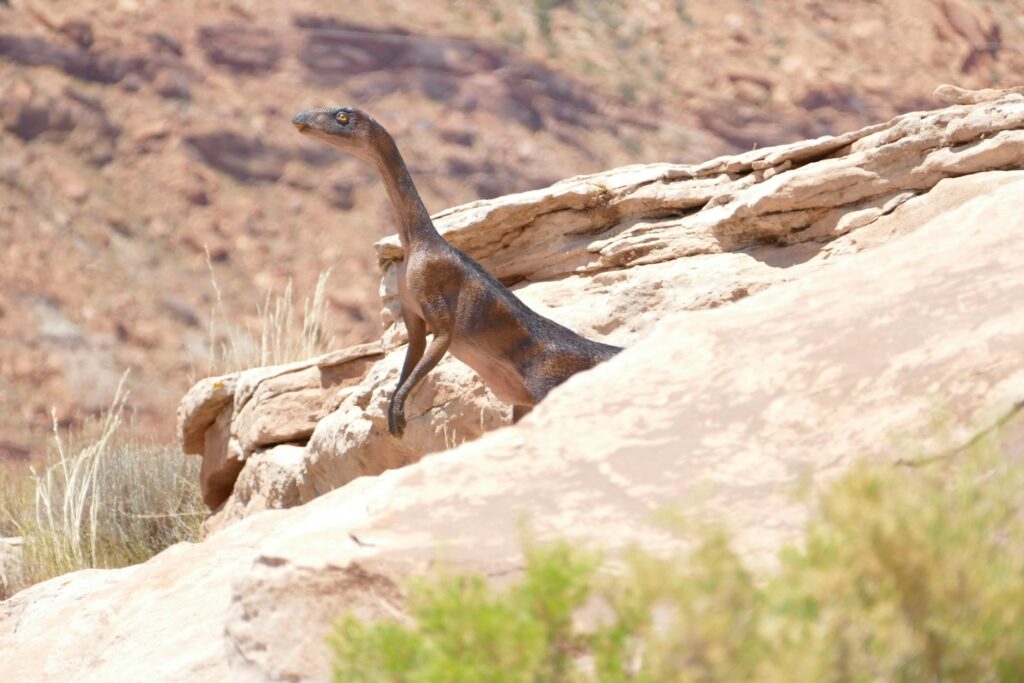
The evidence for dinosaur herding behavior has grown substantially in recent decades, transforming our understanding of these magnificent creatures. From trackways showing coordinated movement to mass death assemblages preserving entire social groups, multiple lines of evidence strongly suggest many dinosaur species lived and traveled in complex social units.
This social behavior likely provided evolutionary advantages in predator avoidance, resource location, and information transfer that helped dinosaurs dominate terrestrial ecosystems for over 160 million years. While we may never observe a living dinosaur herd in motion, the scientific detective work of paleontologists continues to reveal surprisingly sophisticated social behaviors in these ancient animals.
Far from the solitary reptiles of outdated portrayals, many dinosaurs appear to have been highly social creatures with complex intraspecies relationships that shaped their evolution and ecology. As research techniques continue to advance, our understanding of dinosaur sociality will undoubtedly deepen, further illuminating the complex social lives of Earth’s most magnificent prehistoric inhabitants.

